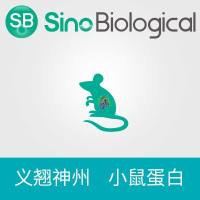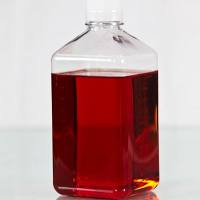Massively Parallel RNA Chemical Mapping with a Reduced Bias MAP-Seq Protocol
互联网
互联网
相关产品推荐

MEK1重组蛋白|Recombinant Mouse MEK1 / MAP2K1 / MKK1 Protein (His & GST Tag)
¥1790

Anti-human GPR73 / PROKR1 (Multiple seq-one in animal Biosimilar)(BIO0338SM)-1mg/5mg/20mg
¥3200

SMM 293-TIII Expression Medium (Serum-free, chemical defined)
¥650

Oxytocin parallel dimer,19645-28-4,≥96%,阿拉丁
¥4950.90

CXCL12,SDF1,SDF1A,SDF1B/CXCL12,SDF1,SDF1A,SDF1B蛋白Recombinant Human Stromal cell-derived factor 1 protein (CXCL12) (Active)重组蛋白SDF-1, C-X-C motif chemokine 12, Intercrine reduced in hepatomas, IRH, hIRH蛋白
¥2124
相关问答

